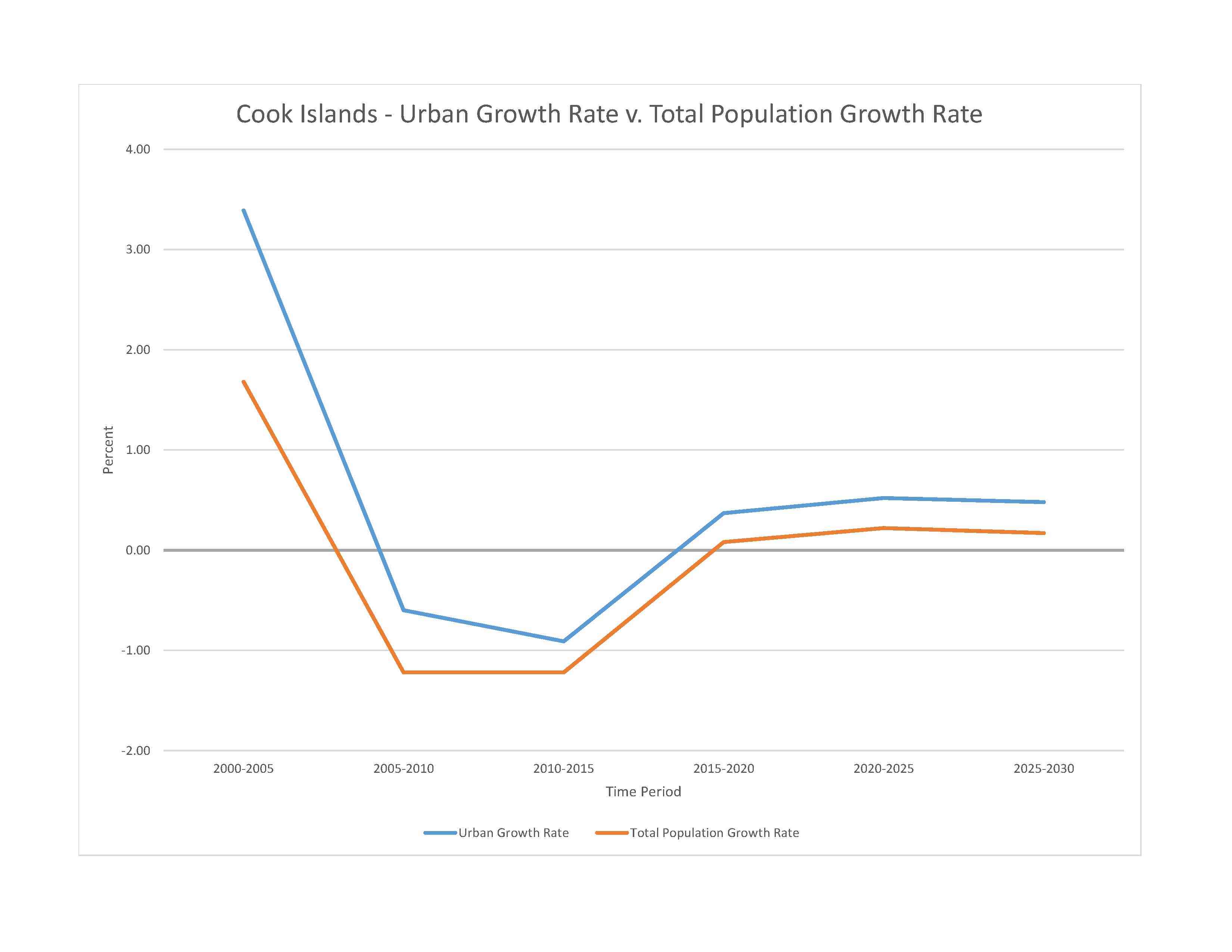
limited land presents solid and liquid waste disposal problems; soil destruction and deforestation; environmental degradation due to indiscriminate use of pesticides; improper disposal of pollutants; overfishing and destructive fishing practices; over dredging of lagoons and coral rubble beds; unregulated building
party to: Antarctic-Marine Living Resources, Biodiversity, Climate Change, Climate Change-Kyoto Protocol, Climate Change-Paris Agreement, Comprehensive Nuclear Test Ban, Desertification, Hazardous Wastes, Law of the Sea, Ozone Layer Protection, Ship Pollution
signed, but not ratified: none of the selected agreements
tropical oceanic; moderated by trade winds; a dry season from April to November and a more humid season from December to March
agricultural land: 8.4% (2018 est.)
arable land: 4.2% (2018 est.)
permanent crops: 4.2% (2018 est.)
permanent pasture: 0% (2018 est.)
forest: 64.6% (2018 est.)
other: 27% (2018 est.)
urban population: 76.2% of total population (2023)
rate of urbanization: 0.52% annual rate of change (2020-25 est.)

particulate matter emissions: 7.8 micrograms per cubic meter (2019 est.)
0 cubic meters (2017 est.)
NOTE: The information regarding Cook Islands on this page is re-published from the 2024 World Fact Book of the United States Central Intelligence Agency and other sources. No claims are made regarding the accuracy of Cook Islands 2024 information contained here. All suggestions for corrections of any errors about Cook Islands 2024 should be addressed to the CIA or the source cited on each page.
This page was last modified 04 May 24, Copyright © 2024 ITA all rights reserved.